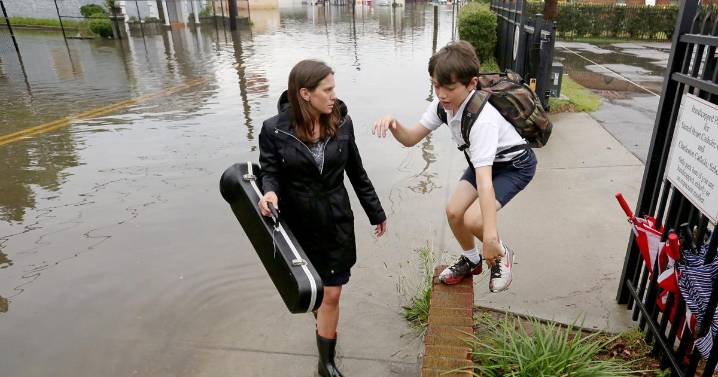In a changing climate, it could get trickier for Charleston’s students to get to class.
Water levels around the city are rising, and the land itself is sinking. Heavy rain and high tides cause water to pool in low-lying areas. This can make roads impassable to buses and inconvenient to parents dropping their kids off before work or picking them up after school.
As things get worse, students walking to and from school may have to trudge through flood waters rife with bacteria. Lessons could flip more frequently between in-person and e-learning; after school activities could be canceled and excess water can lead to mold in schools — all of which can disrupt students’ academic progress.
Thirty-four Charleston County public schools, or more than a third of the total, are located in either

 The Post and Courier
The Post and Courier

 America News
America News Columbia Daily Tribune
Columbia Daily Tribune KTOO
KTOO Press-Enterprise
Press-Enterprise CBS News
CBS News FOX Weather
FOX Weather The Denver Post
The Denver Post Florida Today
Florida Today The Hill Video
The Hill Video